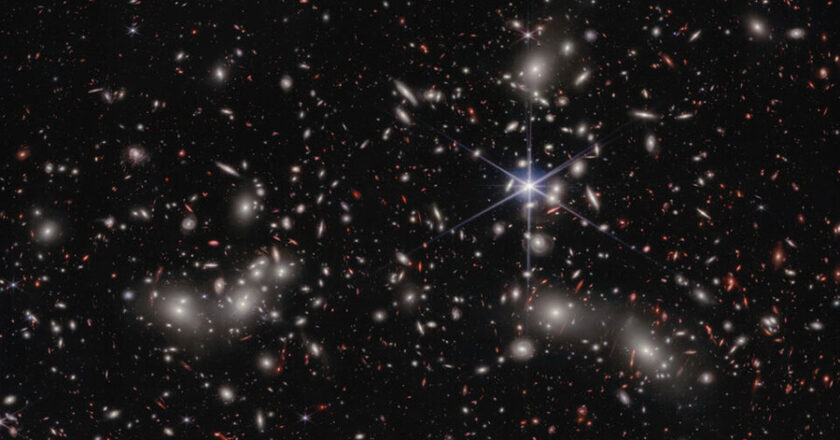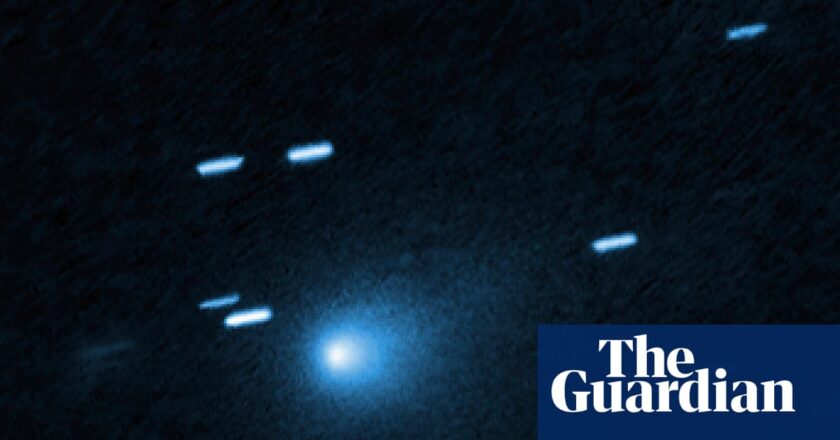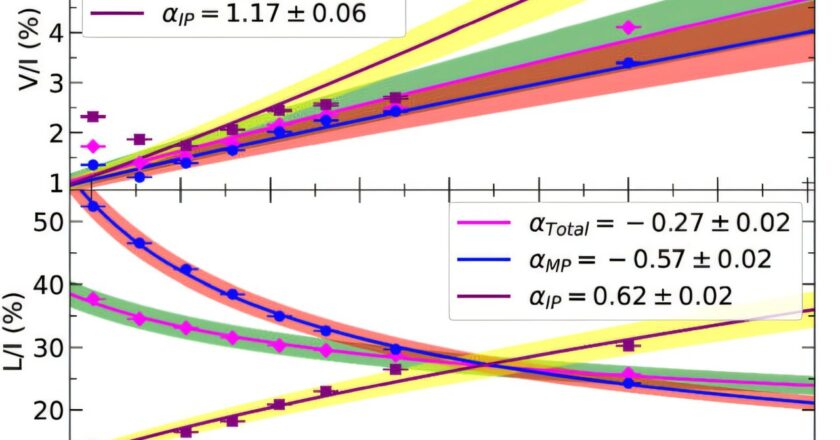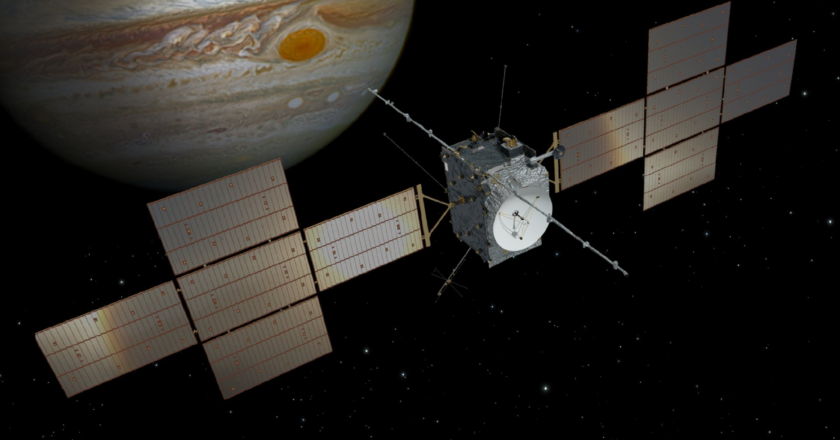Early Galaxy Hosts Black Hole with the Mass of 50 Million Suns
New James Webb Space Telescope observations of a supermassive black hole near the edge of the observable universe have the potential to uncover how such behemoths came to be.
Supermassive black holes — singularities surrounded by vast event horizons, boundaries from which nothing, not even light, can return — are surprisingly common in our universe. Almost every large galaxy near us has one. Some of them lurk quietly at galactic centers (like the one in our Milky Way), while others blaze across the electromagnetic spectrum as they feed on gas buffets.
Yet we don’t understand their origins. Now, a new study posted on the astronomy arXiv preprint server provides a glimpse at the earliest years of one of these monstrous black holes.
How to ...




